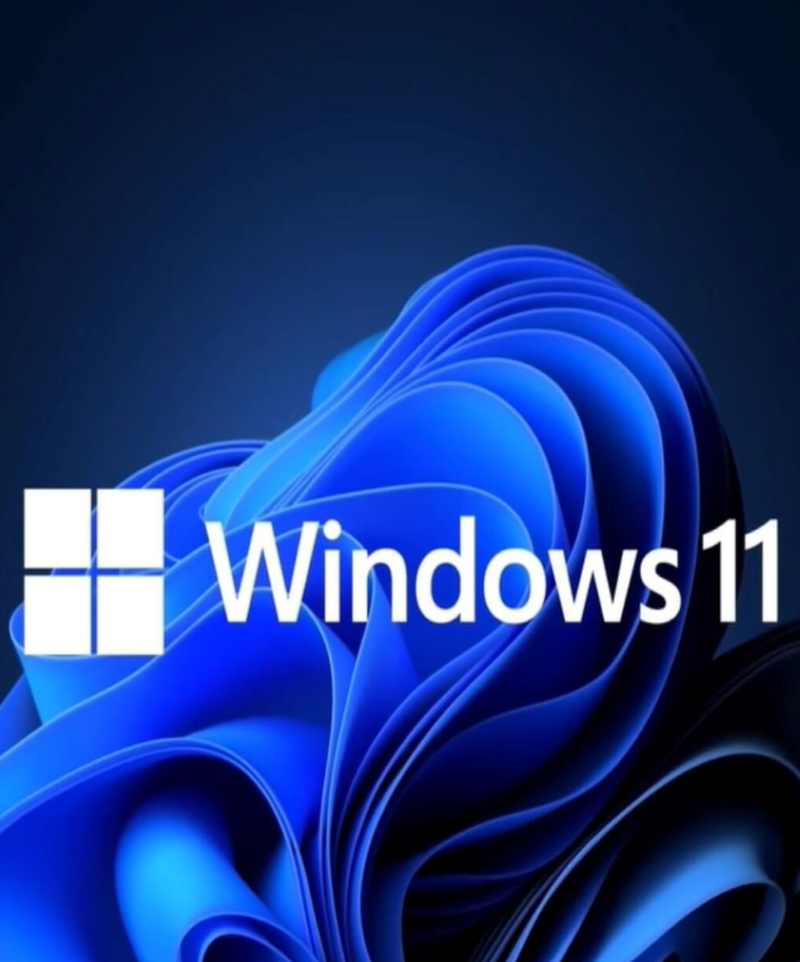Microsoft Windows 11 - Upgrade

WINDOWS 11
The latest upgrade from Microsoft for its Windows software has landed. Windows 11, is the new software release and is ready for upgrades for those who wish to and meet the upgrade prerequisites.
Minimum upgrade requirements:
The upgrade to Win11 comes with some strict prerequisites and In order to complete the upgrade you must first meet the requirements below;
Processor:
1GHz or faster with two or more cores on a compatible 64-bit processor or system on a chip (SoC)
RAM:
A minimum of 4GB.
Storage:
At least 64GB of Available/Free storage.
Security:
TPM version 2.0, UEFI firmware, Secure Boot capable.
In general, many of the hardware requirements for Windows 11 are surprisingly low—a 1GHz CPU, 4GB of RAM, and 64GB of storage.
The real curve balls are three specific hardware requirements.
- The CPU MUST be recent, from about the last three years.
- The PC MUST have a TPM security chip.
- The computer's FIRMWARE MUST be capable of using Secure Boot.
How long does it take to upgrade/install?
Upgrade time:
From 10 and 20 minutes
General: Between 10 and 20 minutes. On different devices, Windows 11 is installed at different times. For example, it only takes about 10 minutes to update on the latest SSD.
How many GB is Windows 11 update?
Conclusion. If you're upgrading directly from Windows 10 to Windows 11, the download size is about 3.5 GB. And, you need to make sure that you have at least 64GB of free space.
Install Drivers:
In most cases, there is no need for separate driver installations asDrivers installation will likely be covered in the Windows Update. However, it is good to check because Windows 11 is a new operating system. It's possible that some of your device drivers will not work.
Do I need to install apps after upgrading to Windows 11?
No. By definition an "upgrade" will leave everything intact. if you do a clean installation instead of an upgrade, then you would lose everything.
What is the difference between Windows 11 upgrade and new install?
On Windows 11, an upgrade means switching from an older to a newer version of the operating system and preserving your files, settings, and apps. A clean install means erasing the hard drive and installing a fresh copy of Windows 11 without preserving settings, apps, and files.
Can you go back to Windows 10 from Windows 11?
To roll back to Windows 10 from 11, open Settings > System > Recovery and click “Go Back.” Skip the update check, follow the on-screen directions, and click “Go back to Windows 10.” The process will take several minutes to roll back to Windows 10 from 11.
What happens if I refuse to upgrade to Windows 11?
What if I Keep Using Windows 10 Instead of Upgrading My System to Windows 11? Though the support for Windows 10 will continue until October 2025, time flies really fast. Not only your computer will stay outdated and make your system unstable, it might also put your data at risk.
Is Windows 11 free?
How much does it cost to upgrade from Windows 10 to Windows 11? It's free. But only Windows 10 PCs that are running the most current version of Windows 10 and meet the minimum hardware specifications will be able to upgrade. You can check to see if you have the latest updates for Windows 10 in Settings/Windows Update.
Feel free to ask questions or Contact Us to find out more..!